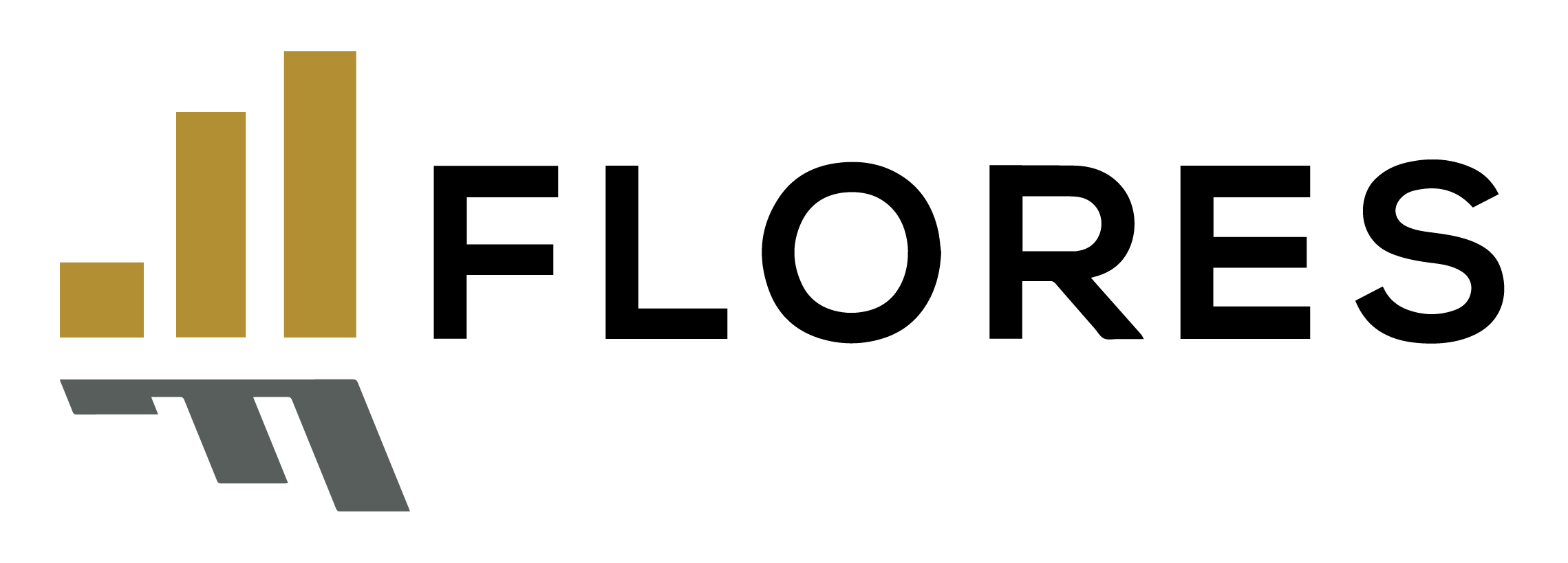- January 19, 2021
- Posted by: FLORES
- Categories: Accounting, COVID-19 Q&A, Human Resources

The new Stimulus Act has been passed and this is a huge relief to many small businesses across the country. One of the key components of this package was the second round of PPP funding.
There is another round of PPP. Who is eligible?
The bill authorizes approximately $285 billion for another round of the Paycheck Protection Program that’s administered through the Small Business Administration’s (SBA) network of lenders.
However, this time the money is only going to small businesses that meet the following:
1. less than 300 employees per physical location and
2. that have been specifically impacted by the pandemic. The criteria is that if your business has suffered revenue declines of more than 25 percent in any given quarter of 2020 compared to the same quarter 2019 then you will be eligible.
The loans are up to $2 million and you can choose an 8 or 24-week forgiveness period. The loan calculation remains at 2.5x payroll and payroll costs for the period chosen unless you’re in the Accommodation and Food Services industry (NAICS Code 72) where you can use a 3.5x factor.
Ineligible entities include:
- Entities involved in political and lobbying activities including engaging in advocacy in areas such as public policy or political strategy or otherwise describe themselves as a think tank in any public document
- Entities affiliated with entities in the People’s Republic of China
- Registrants under the Foreign Agents Registration Act
- Entities that receive a grant under the Shuttered Venue Operator Grant program (see below).
Publicly held companies are also excluded from this round. That’s also the case if your business or organization was not in operation on February 15, 2020.
ACTION: Run the numbers and if you’re eligible reach out to your SBA banker about getting a new loan
The definition of “forgivable” expenses has been expanded
Forgivable expenses (those amounts that you can use to get forgiveness for your PPP loan) have traditionally included payroll, payroll-related expenses (including other employer-provided group insurance benefits such as group life, disability, vision, or dental insurance), and all rent and mortgage interest. All of those definitions still apply. But the definition of those expenses has been expanded to include the following:
- Operations expenditures such as payment for any software, cloud computing, and other human resources and accounting needs.
- Property damage costs such as costs related to property damage due to public disturbances that occurred during 2020 that are not covered by insurance.
- Supplier costs such as expenditures to a supplier pursuant to a contract, purchase order, or order for goods in effect prior to taking out the loan that are essential to the recipient’s operations at the time at which the expenditure was made. Supplier costs of perishable goods can be made before or during the life of the loan.
- Worker protection expenditure such as personal protective equipment and adaptive investments to help you comply with federal health and safety guidelines or any equivalent State and local guidance related to COVID-19 between March 1, 2020 and the end of the national emergency declaration.
The 60/40 cost allocation between payroll and non-payroll costs in order to receive full forgiveness will continue to apply.
ACTION: If you’re applying for a new loan, keep these expenses in mind when doing your loan availability calculations. If you’ve got an existing loan, then remember to apply all of these new expenses to ensure you get maximum forgiveness.
Forgiveness of PPP loans has been simplified
There is now a simplified application process for loans under $150,000, prior it was $50,000 so this increase in amount will help a significant amount of small business borrowers. 3508S applicants are eligible to receive forgiveness if a borrower signs and submits to the lender a certification that is no more than one page in length, includes a description of the number of employees the borrower was able to retain because of the covered loan, the estimated total amount of the loan spent on payroll costs and the total loan amount. The borrower must also attest that they accurately provided the required certification and complied with Paycheck Protection Program loan.
You can deduct your PPP forgiveness expenses
This is a relief. Any expenses you use to apply for forgiveness are now also tax deductible to the extent otherwise tax deductible under existing law.
ACTION: No action. Enjoy the deduction and consult with your tax advisor
This second round of PPP loans are sure to be a much needed resource for many small businesses across the county as they continue to fight to stay open during the economic hardship brought on by the COVID19 pandemic. If you have any questions please give FLORES a call today as we are here to work together with you.
